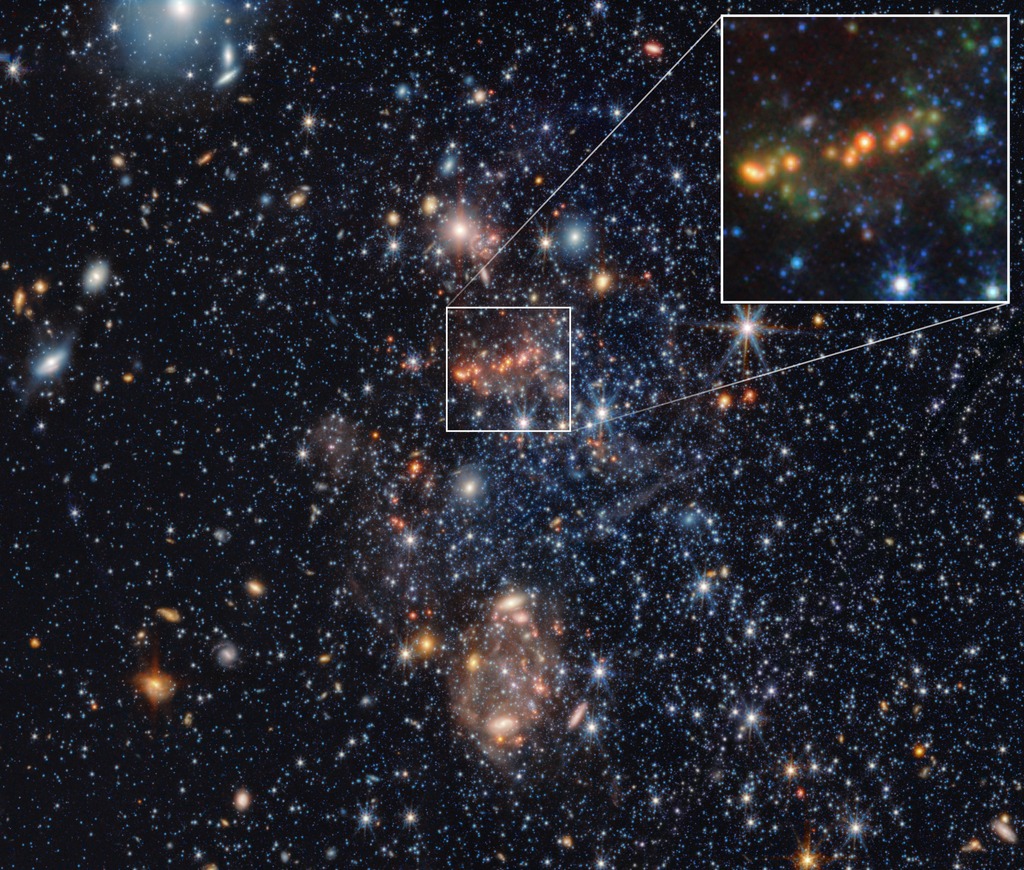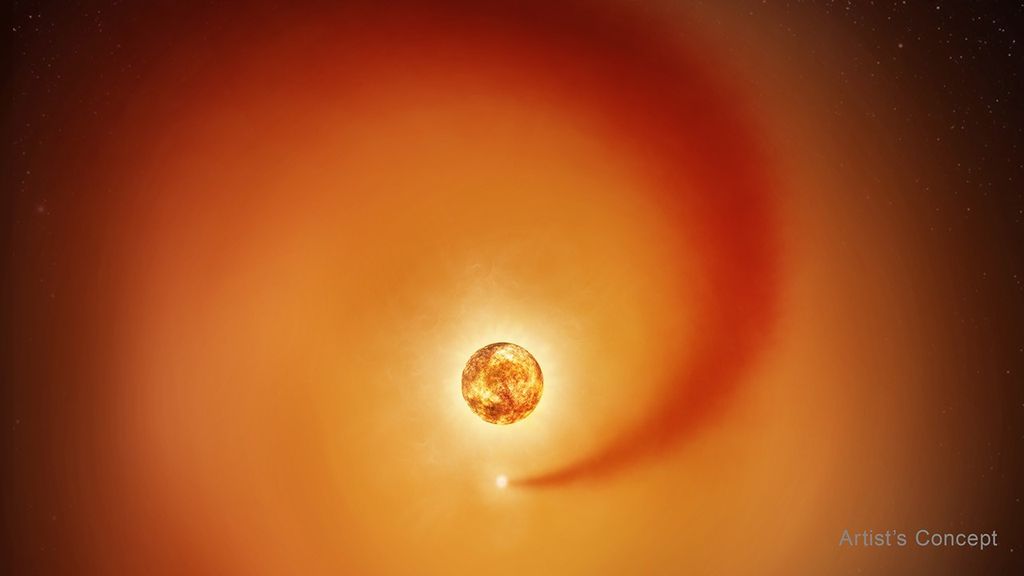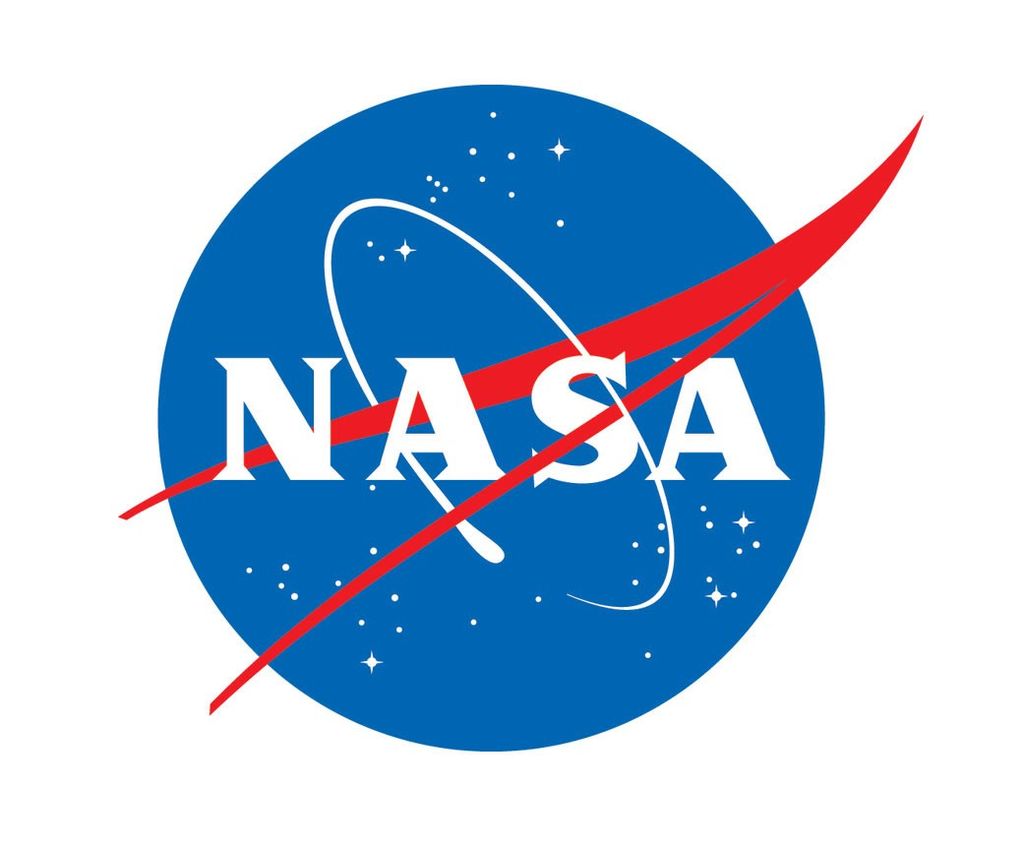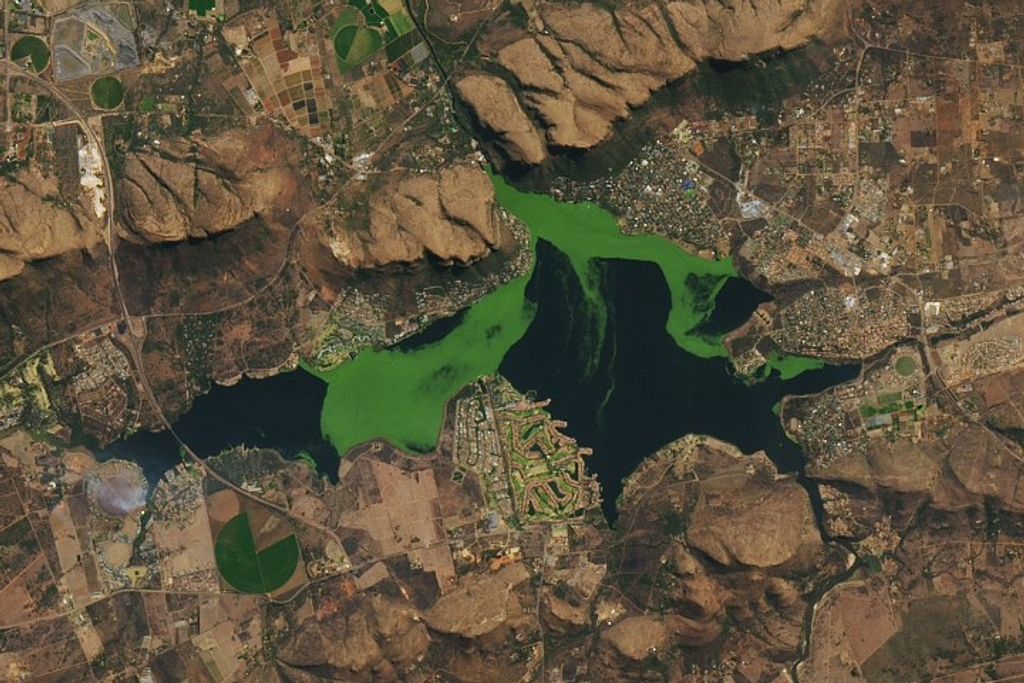1 min read
Extended Groth Strip (Hubble)

This image from the Hubble Space Telescope shows a part of the sky known as the Extended Groth Strip (EGS). The CEERS Survey researchers will use the James Webb Space Telescope to observe the Extended Groth Strip in infrared light. Their observations employ three of the telescope’s instruments and will provide both images and spectra of the objects in the field — which includes at least 50,000 galaxies — helping to expand what we know about galaxies in the very early universe.
About the Object
- R.A. PositionR.A. PositionRight ascension – analogous to longitude – is one component of an object's position.14h 16m 59.99s
- Dec. PositionDec. PositionDeclination – analogous to latitude – is one component of an object's position.52° 30' 0.0"
- ConstellationConstellationOne of 88 recognized regions of the celestial sphere in which the object appears.Ursa Major
- DimensionsDimensionsThe physical size of the object or the apparent angle it subtends on the sky.The Extended Groth Strip is 1.1 degrees long by 0.15 degrees wide (70.5 x 10.1 arcminutes, respectively).
About the Data
- Data DescriptionData DescriptionProposal: A description of the observations, their scientific justification, and the links to the data available in the science archive.
Science Team: The astronomers who planned the observations and analyzed the data. "PI" refers to the Principal Investigator.The Hubble image was created from HST data from proposal 10134: M. Davis (University of California, Berkeley), M. Ashby (Harvard-Smithsonian Center for Astrophysics), T. Small (California Institute of Technology), P. Guhathakurta (University of California, Santa Cruz), L. Simard (Dominion Astrophysical Observatory), K. Noeske (University of California, Santa Cruz), S. Kwok, J. Mader, and P. Amico (California Association for Research in Astronomy (CARA)), A. Koekemoer and R. Somerville (STScI), S. Faber (University of California, Santa Cruz), J. Newman (Lawrence Berkeley National Laboratory), D. Koo (University of California, Santa Cruz), S. White, G. Kauffmann, and V. Springel (Max Planck Institute for Astrophysics, Garching), M. Cooper (University of California, Berkeley), A. Metevier and B. Weiner (University of California, Santa Cruz), and K. Bundy (California Institute of Technology). - InstrumentInstrumentThe science instrument used to produce the data.HST>ACS/WFC
- Exposure DatesExposure DatesThe date(s) that the telescope made its observations and the total exposure time.June 2004 to March 2005
- FiltersFiltersThe camera filters that were used in the science observations.F606W (V) and F814W (I)
- Object NameObject NameA name or catalog number that astronomers use to identify an astronomical object.Extended Groth Strip (EGS)
- Object DescriptionObject DescriptionThe type of astronomical object.Optical Survey
- Release DateJune 24, 2020
- Science ReleaseMapping the Early Universe with NASA’s Webb Telescope
- CreditImage: NASA, ESA, M. Davis

This image is a composite of many separate exposures made by the ACS instrument on the Hubble Space Telescope using two different filters to sample broad wavelength ranges. The color results from assigning different hues (colors) to each monochromatic image. In this case, the assigned colors are: Blue: F606W (V) Green: F606W (V) + F814W (I) Red: F814W (I)
Related Images & Videos
Share
Details
Laura Betz
NASA’s Goddard Space Flight Center
Greenbelt, Maryland
laura.e.betz@nasa.gov
NASA, ESA, M. Davis



































